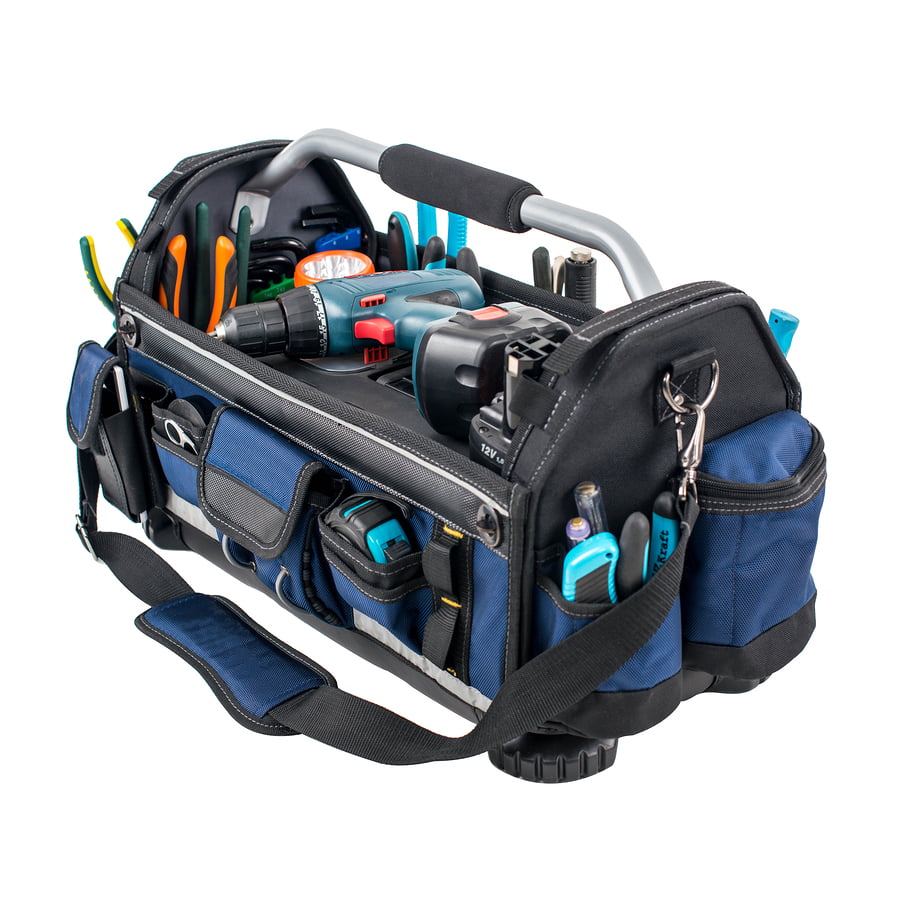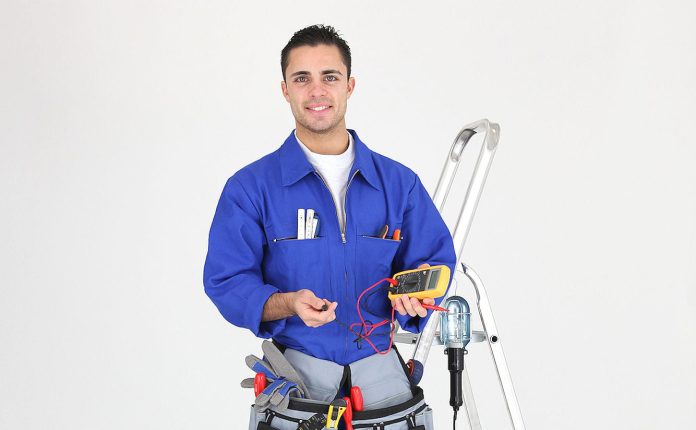Tech Tips For Alarm Installers
♦ Tech Tips For Alarm Installers – which tech tips will improve my work and make me more efficient?
A: Choose quality tools and identify them with notches, markers or spray paint. When packing your soft tool bag to carry up from the van and into a roof, choose tools that are electrically insulated you can use in tight spaces. Highly value screwdriver sets with rotating caps that can be used one handed. Pick soft handled spanners in sizes just big enough for the job.
Sometimes nothing will do for bolts but a socket set. You might be tempted to load up the long handles with extenders and adaptors, but in many applications it’s better to establish which tools you need in advance and to employ T-handled socket and hex wrenches in lengths and head sizes that match the fixings and clear the component levels of items you are carrying onto the job site. T-handles are way easier to use one-handed and if you are using standard fixings, you only need one or 2 wrenches.
Always pack a head torch. There are a million options but the LED Lensor unit with adjustable focus and automatic light level adjustment as you move closer or away from an object in line of sight is by far the best option for professional applications.
Keep a pulley in the van to use when pulling conductors in a raceway. Fasten the pulley high and string a rope through pulley so you can haul down on the rope rather than up. Set up a standard set of home run colours for all cabling when you’re working in homes and use it in all your installations. Label your zones and cable runs – use tags but if you have none, write on the walls of the control panel – maintenance techs will love you for it.
Replace 6-32 screws when installing hardware with stainless steel Phillips head screws. They will come out easier when needed. Use only stainless-steel screws where parts of the system are exposed to weather but make sure that if they are in contact with mild steel or alloy they are protected with plastic spacers.
Stay away from AC cables. Provide support to cable runs in the form of conduit or cable ties. When troubleshooting an unfamiliar site you can identify zone cables with a tic tracer. Strip one conductor in the cable. Put it into end of GFCI protected receptacle. Go to the other end. Use your tic tracer to identify the cable. This saves time marking, numbering, and pulling on cable to (possibly) identify it.
Don’t hesitate to ask for help when you know 2 pairs of hands will mean the installation will be safer and the quality of the work will be higher, like cabling, or when troubleshooting from either end of the run. Whenever you have a second tech on site, ask their opinion on what’s missing from the install, what could make it better in terms of function and security operation.
Drill then tap larger screw sizes when existing taps are damaged. Take 6 to 8, 8 to 10, etc. When working alone, use Velcro behind boxes, panels and other fixtures, which are hard to hold in place. This will ensure they stay still when you’re fixing them. Put Velcro on the wall surface then on the back of the device. This will allow you to obtain proper plumb and level. Invest in a third hand. If there’s a weak area in your installation technique, practice, practice, practice.

When you’re installing a system, imagine that you’ll be coming back in 10 years and undertaking maintenance or troubleshooting. Aim for longevity. Try to keep the installation as simple as possible. Keep cable runs on the short side. Used slightly oversized cables if you can’t. Provide a system map.
Make key elements of the cable plant, like junction boxes, easily accessible. Apply protective lubricants to vulnerable surfaces. Add drip loops to cable runs, even in dry areas. Use spade connectors rather than pressure terminating stranded cable. If you’re not pulling cable off a roller or out of a box, flake it before pulling it – this is even more important when you’re working alone.
If there’s a 240V AC sparky on your team, make sure when adding a receptacle on an industrial cover that they pre-wire the receptacle with tails. Later the tails can be used to wire nut the device to circuit conductors. This is a time saver in difficult to reach places.
When thinking about the system, try to imagine things that could go wrong. Put your controller, cables, keypads, sensors, etc, in dry, ventilated, low traffic spaces. As far as possible, locate them where they will never/can never be disturbed. Have a plan – think through any complexities and maintain your concentration – this will ensure your work is proactive, rather than reactive when it comes to trouble shooting in the commissioning stage.
When selecting alarm sensors, try to talk the customer into the best possible detectors – use the best quad PIRs and/or quad dual techs with weather sealing and pet immune circuitry even internally. Pets cause way too many false alarms. The notion of saving 30 bucks on cheap sensors when hardwired system life is well over 10 years is a false economy. For external sensors use only the best you can buy. With wireless sensors, it’s better to teach a customer to change sensor batteries than it is to lose them in 18 months when the first devices fall over. Remember, this might create fun times with tamper alerts.
On the topic of audio alerts, if the client asked for an internal screamer, try to put it at a distance from the keypad so it’s not overwhelming for a fumbling home owner trying to operate the system when it’s in false alarm – nothing is as distracting to rational thought as 120 decibels at 1m. Nor do you want an elderly user to be afraid to arm the system next time.
Train your customer on the fundamentals of use and bear in mind while you were droning on, they were thinking of something else. Simplify the interface. If you can, set the keypad up to talk users through each operation as a way of reinforcing their understanding.
Be selective about clients. If a prospective customer insists they only want to pay for DIY-grade rubbish, that’s probably what you should encourage them to buy. We all know it’s the beautifully installed pro systems that are still working perfectly in the field 15-20 years on – the battery powered stuff bought online will be landfill.
#SEN #SENnews #security #electronics












